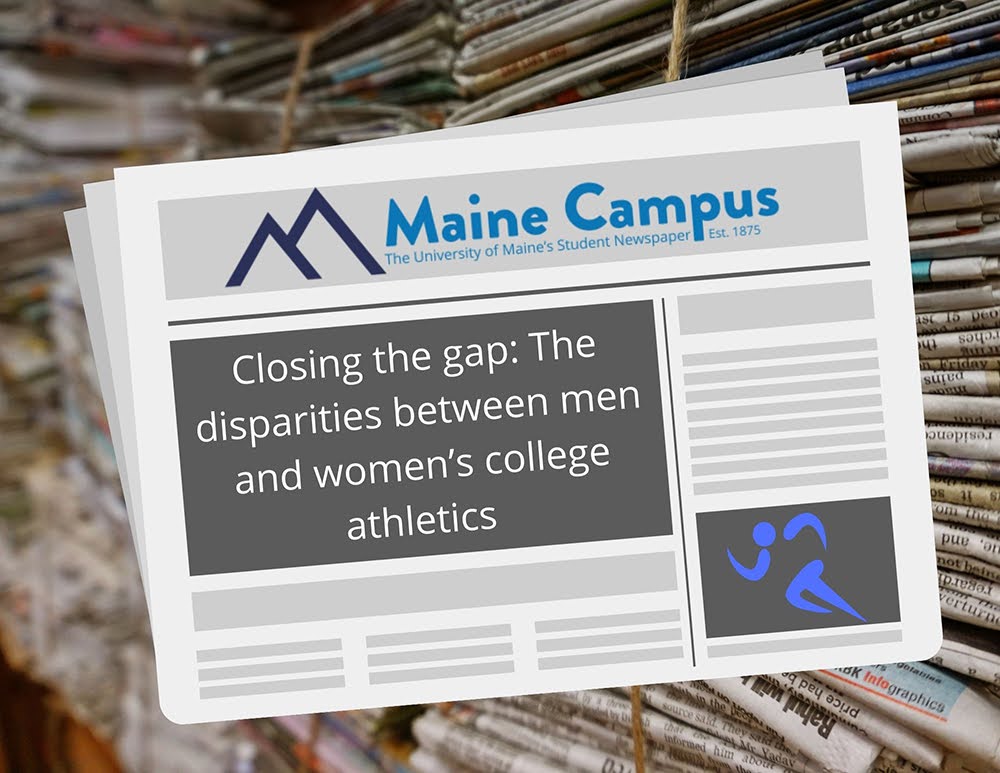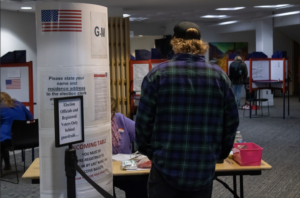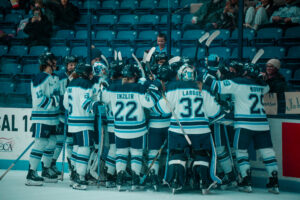The disparities between the treatment of men and women is far too prevalent in many aspects of daily life. Athletics at any level, amateur, college and professional, are not immune to this inequality, and unfortunately, it isn’t something new. Men’s sports have higher attendance rates, more promotional opportunities and better training and performance facilities.
As a student at a Division 1 university, attending sporting events is one of the most exciting and fun aspects of the University of Maine. I’ve attended countless football and men’s hockey games, along with thousands of other students. This was typically because their schedules were advertised and on game days, there was intense chatter surrounding the sporting event.
Women weren’t given the right to equal opportunity in sports at educational institutions until 1972, when Title IX of the Education Amendments Act was passed. That is 107 years after UMaine was established and 91 years after UMaine’s first intercollegiate team was founded.
Prior to this amendment, support was solely given to men’s sports, and there was no need to even specify that it was a ‘men’s’ sport because there was no alternative.
But it is now 2021. We are in the height of advocating for women’s rights in every aspect of society. Recognition and representation in collegiate sports is something we need to advocate for as well.
This past March, videos and images of the women’s facilities at the Women’s Division I Basketball Tournament were shared amongst fans and athletes online. When compared to the facilities that the men were provided during the March Madness tournament, the contrast was shocking. The women were provided a single rack of dumbbells and a stationary bike, while the men had countless squat racks, bench presses and many other equipment items. CBS News interviewed the NCAA women’s basketball Vice President Lynn Holzman about the inequality. “We want to be responsive to the needs of our participating teams, and we are actively working to enhance existing resources at practice courts, including additional weight training equipment,” Holzman said.
Here on our own campus, there is a shocking and disappointing payment discrepancy between the female field hockey coach, and the male football coach.
UMaine’s football team has a current record of 4-5, with two regular season games left to play in the 2021-2022 season. UMaine’s field hockey team, on the other hand, had a record of 15-7 and were the America East champions, with an appearance in the NCAA tournament.
Despite this feat, the head coach of the football team, Nick Charlton, has an annual salary of $153,000 according to GovSalaries, while the head coach of the field hockey team, Josette Babineau, has an annual salary of $76,494.14 according to OpenPayrolls.
Payment of coaches should be based on the performance of the team rather than the sport, gender or fan attendance. If this was the case, Babineau would be and should be making far more than Charlton.
Students wait in hour-long lines to get into the Alfond Arena to see UMaine’s men’s hockey team face off against their opponents. Hundreds of UMaine students and alumni tailgate in the parking lot before the football games, followed by spectators packing the stadium. However, this same enthusiasm and pride has failed to engulf women’s sports not only here at UMaine, but at hundreds of other colleges and universities across the country.
There has to be extreme advertising and word of mouth in order for there to be a significant attendance at any women’s sports match, and even then it is nowhere near the amount of people that show up for men’s sporting events, which typically can draw a crowd with very limited advertising.
There needs to be more effort put into not only supporting collegiate women’s teams through fan attendance, but into increasing funding, getting better equipment and proper payment for their coaches. The inequality between the treatment of men’s and women’s athletic teams has come a long way, but there is still a lot of work to do.









